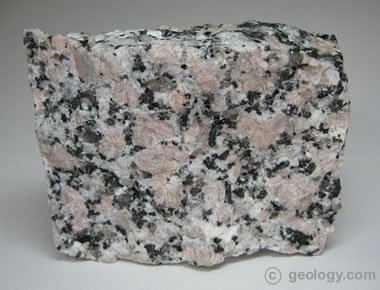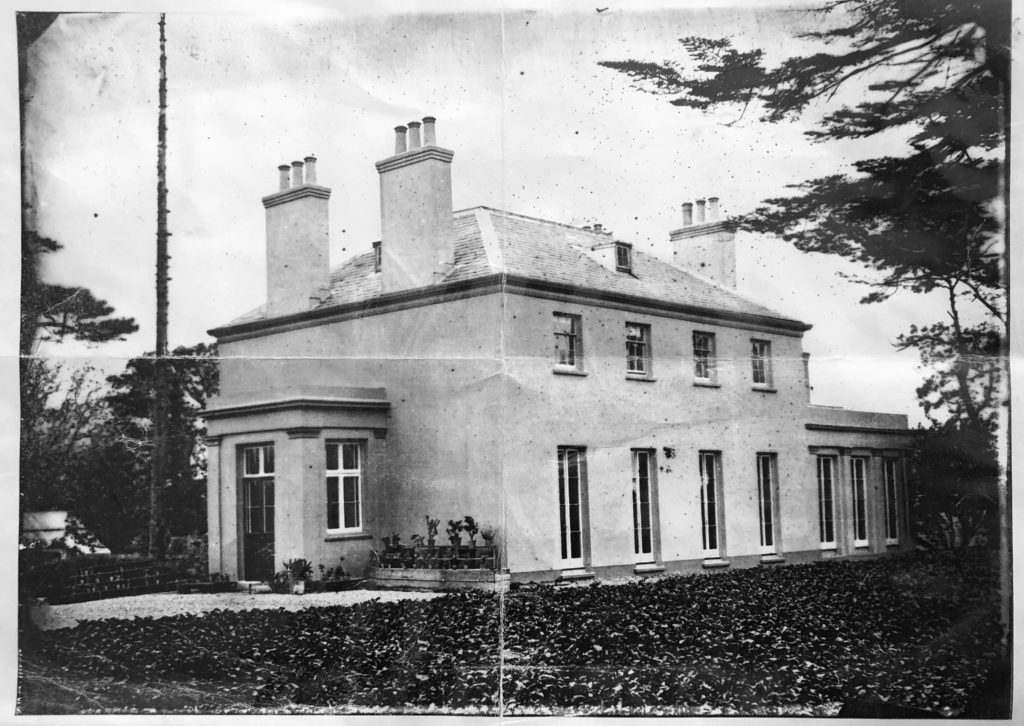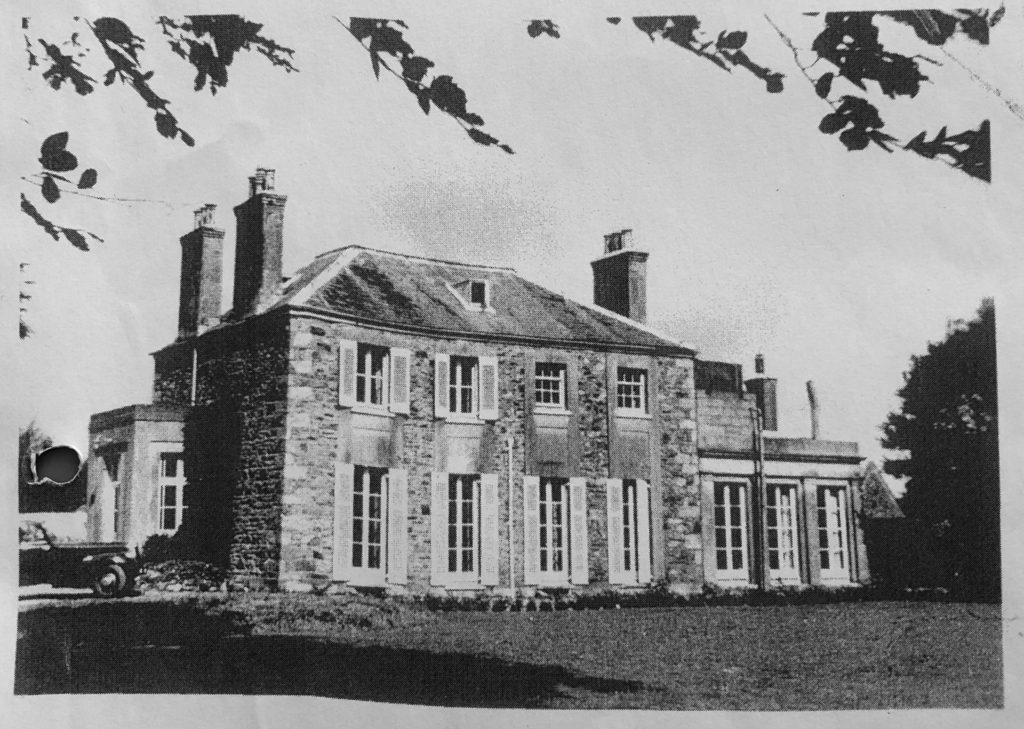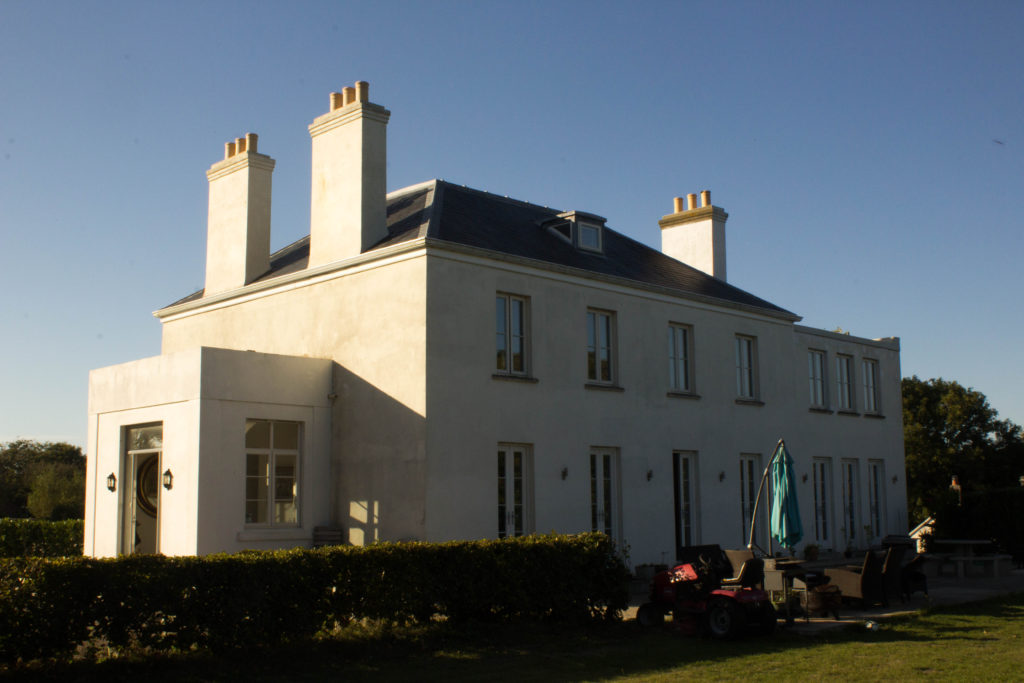Geology (coming from the greek gē, meaning ‘earth’, and -logia meaning ‘study of’) is an earth science which is concerned with the solid aspects of the Earth, the rocks which make up the Earth, and the processes of how they change over time. Geology is not specific to the Earth – it can be applied to any planet or moon. The evidence for processes such as plate tectonics, past climates and evolutionary history come through geology. There are three main types of rock – igneous, sedimentary, and metamorphic.
The word ‘vernacular’ in terms of architecture means the structures and buildings that are built in a functional way that is unique to that geographic area and which suits the area by using the main abundant natural resources available. Vernacular architecture can reveal the culture of the society slightly through showing the patterns, materials and elements that are unique to the area. The origins of vernacular architecture came from the design skills and tradition of local builders, who were to use the particular materials indigenous to the region and would use the local traditions and cultural practices that they are used to.

Granite is a key part of Jersey’s vernacular architecture. It is completely abundant in the island and is a common type of feslic intrusive igneous rock that is granular and phaneritic in texture. The fact that it is igneous means that it is formed through the cooling and solidification of magma or lava, also because the granite is rich in elements that form feldspar and quartz it is described as ‘felsic’. The word ‘granite’ comes from the Latin granum. Granite is used as a base structure for the majority of houses in Jersey but is covered by plaster and paint in most cases. The exposure of granite in houses comes and goes as fashion changes – an example of this is my own house. Below is a set of photographs of my house over a period of time. The first photograph shows my house in 1862, the second one in the 1950’s and the third one taken this year. As you can see in the first photograph the house is plastered and painted as doing this was seen as a sign of wealth, but in the second photograph the granite has been exposed due to it being a trend at the time. In the third photograph the plaster and paint has been reinstated leading to the house looking more like the original photograph than the second photograph because the trend of using plaster and paint has come round again but the whole time the granite had been present.
I want to explore granite in Jersey by photographing the large formations of it in our beaches all around the island as it is such an abundant and important resource to the island. I will be planning on photographing the rock to fill the lens to create a slightly abstract composition that focuses on the shapes and formations within the granite rock. I will then explore exposing the variance and similarity within this rock by comparing them side by side or along with the building faces that I have been photographing.



